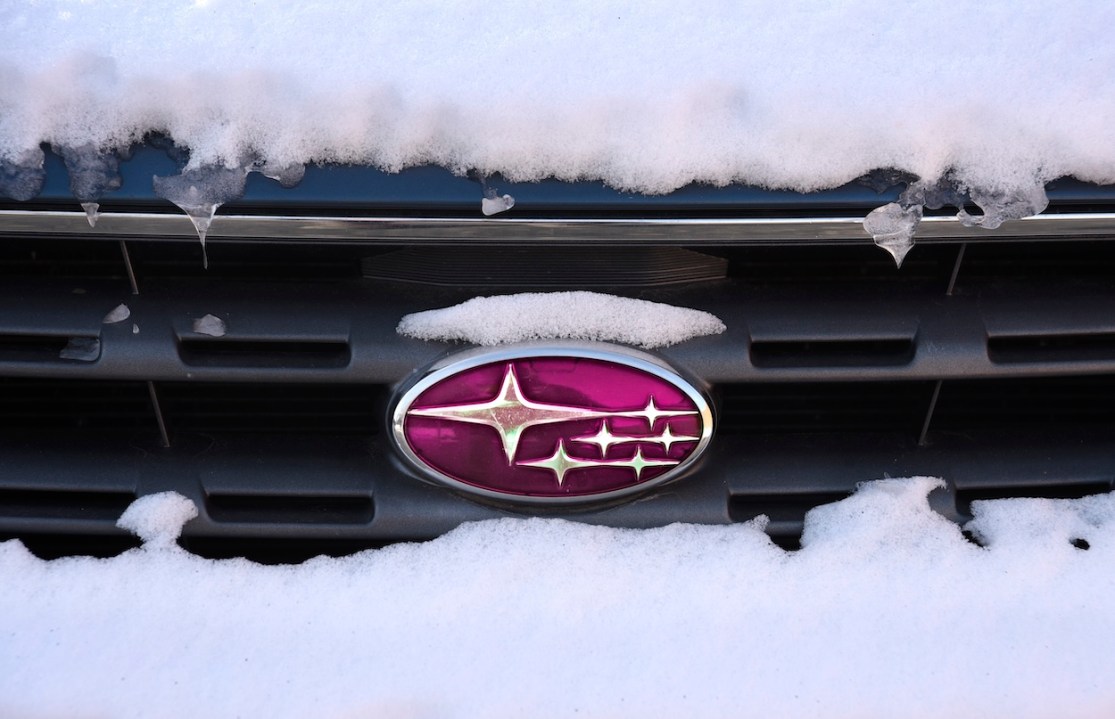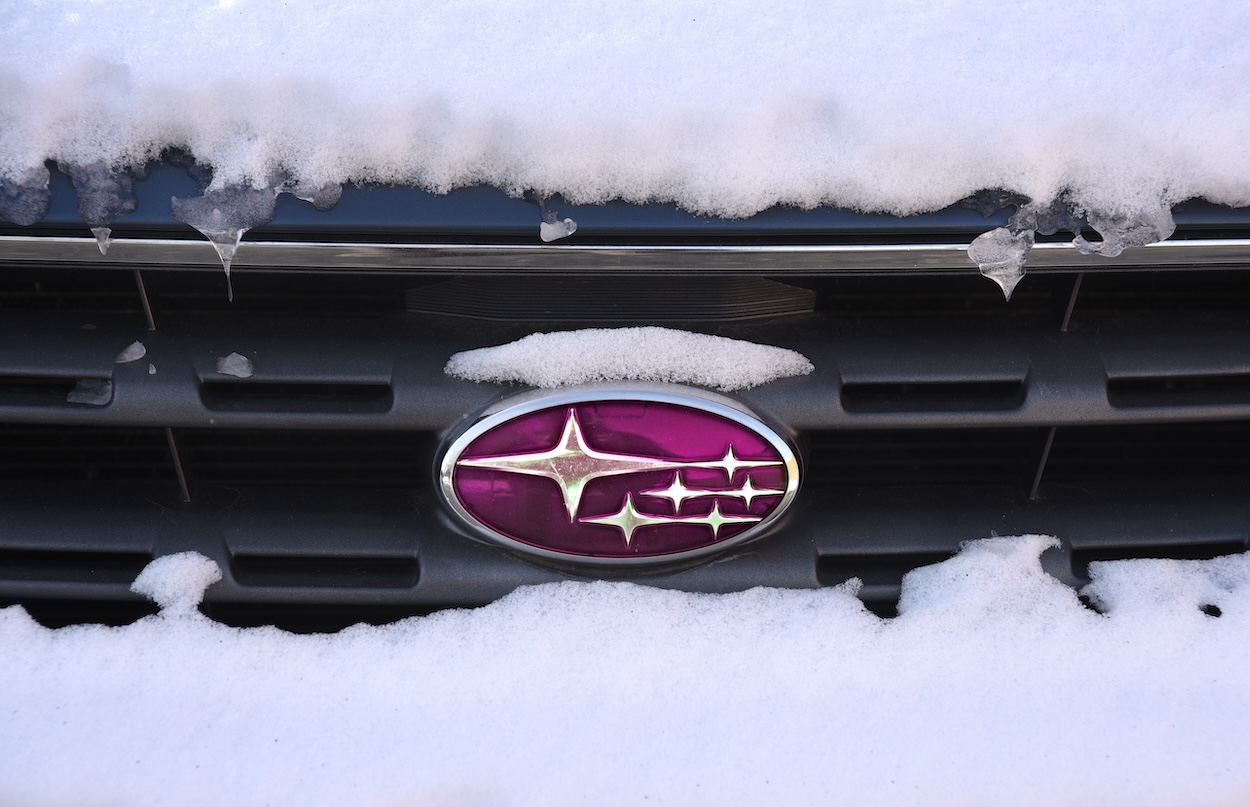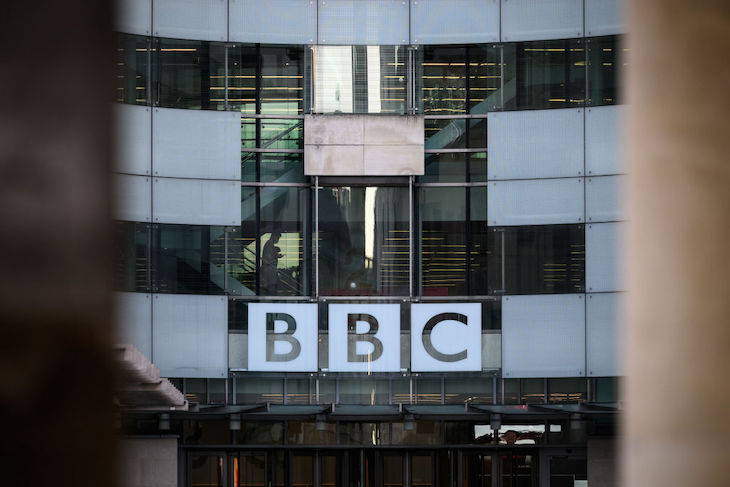I was recently lent the latest Subaru Forester to test drive, and I enjoyed its sturdiness, its space and the frugality of its 2.0 hybrid engine. But as my mileage progressed over the course of a week’s bombing around the back roads of north Norfolk, I started to have a hankering for a nose ring, a tattoo of interlocking female glyphs, and to dye my hair pink and blue and wear dungarees. I put on a k.d. lang playlist, drove home, and watched Angelina Jolie in Gia. Was the Subaru turning me – a bloke, with no unusual pronouns – into a lesbian?
Let me explain. In the 1990s, Subaru launched a calculated and groundbreaking advertising campaign on the US market. Rather than try to compete with their bigger rivals (Ford, Toyota etc) over the same white-bread suburban demographic, the Japanese company went after niche groups. Subaru built respectable but drab cars, yet they had a USP: their cars were all-wheel-drive, and the five groups that were identified as willing to pay a premium for AWD were teachers, healthcare professionals, IT professionals, outdoorsy types – and lesbians.
Lesbians – ideally outdoorsy lesbians, who perhaps worked in computers, medicine or education – found Subarus’ lack of flashiness appealing, and they liked that they could get a lot of stuff in the boot without it being as large as a pick-up. Lesbians were found to be four times more likely than the average consumer to buy a Subaru.
So Subaru set to it, devising an ad campaign around lesbians’ active and low-key lifestyles. They cultivated Subaru’s image in such a way that it helped push gay and lesbian advertising from the fringes into the mainstream. Back in the mid-1990s, Don’t Ask, Don’t Tell was in full effect in the US military, the Defense of Marriage Act had just passed, and pop culture had yet to embrace the LGBTQ cause – so it was brave. And it worked.
The image of Subarus in the USA is in marked contrast to here in the UK, where they’re more likely to be driven by older wax-jacketed Tory-voting rural types or, in the suburbs, young men in tracksuits who like to leave tyre ribbons in supermarket car parks. The reason for this demographical schizophrenia is twofold: in the 1980s, when the brand first became established here, Subarus were sold through agricultural machine dealers, alongside fertiliser spreaders and seed drills. Then, in the 1990s, Colin McRae came along and drove a bright blue Subaru Impreza with gold wheels to glory in the World Rally Championship. Suddenly everyone in a baseball cap wanted to go sideways in a ‘Scooby’.
Meanwhile, across the Atlantic, the clientele was left-wing– and that’s because Subaru of America hired an advertising agency called Mulryan/Nash that specialised in the LGBTQ community. One ad showed two Subarus, one with the registration plate CAMP OUT and the other XENA LVR, a reference to the TV show Xena: Warrior Princess, in which the female protagonists seemed to be lovers. There was another ad where the plate read P-TOWN, a reference to the popular gay vacation spot Provincetown, MA. There were taglines with double meanings plastered over billboards and magazine spreads: the image of an SUV or estate 4×4 tumbling over rocks with the words ‘Get out. And stay out’, or ‘It’s not a choice. It’s the way we’re built’, or ‘Entirely comfortable with its orientation’. Another read: ‘It loves camping, dogs and long-term commitment. Too bad it’s only a car’.
Was the Subaru turning me – a bloke, with no unusual pronouns – into a lesbian?
Those that got it enjoyed decoding it. It was wink-wink, nudge-nudge. Those that didn’t just saw a car with a bike rack and a kayak on the roof. Although ‘Likes to be driven hard and put away wet’, which took some prime real estate in a 2003 issue of Vanity Fair, was perhaps a less subtle effort.
While a lot of straight people were blind to the subtexts of the adverts, Subaru did receive letters from a grassroots group that accused the car manufacturer of promoting homosexuality. Everyone who wrote said they’d never buy a Subaru again. But the marketing team quickly found out that none of those threatening a boycott had ever bought a Subaru before. Some of them even misspelt Subaru.
Subaru wasn’t the first company to create advertisements for gay and lesbian audiences, but it was the first in the United States to do so transparently and consistently. It’s a campaign that has been studied in universities, and discussed in the New York Times, the Washington Post and the Atlantic. Today, high concentrations of Subarus are to be found in the liberal meccas of San Francisco, Portland, Burlington in Vermont and Northampton, Massachusetts, and Subaru has donated millions of pounds to HIV/AIDS research and LGBTQ causes. All of which makes me feel very comfortable behind the wheel of my borrowed 2025 Forester. Now where can I buy some Birkenstocks…








Comments